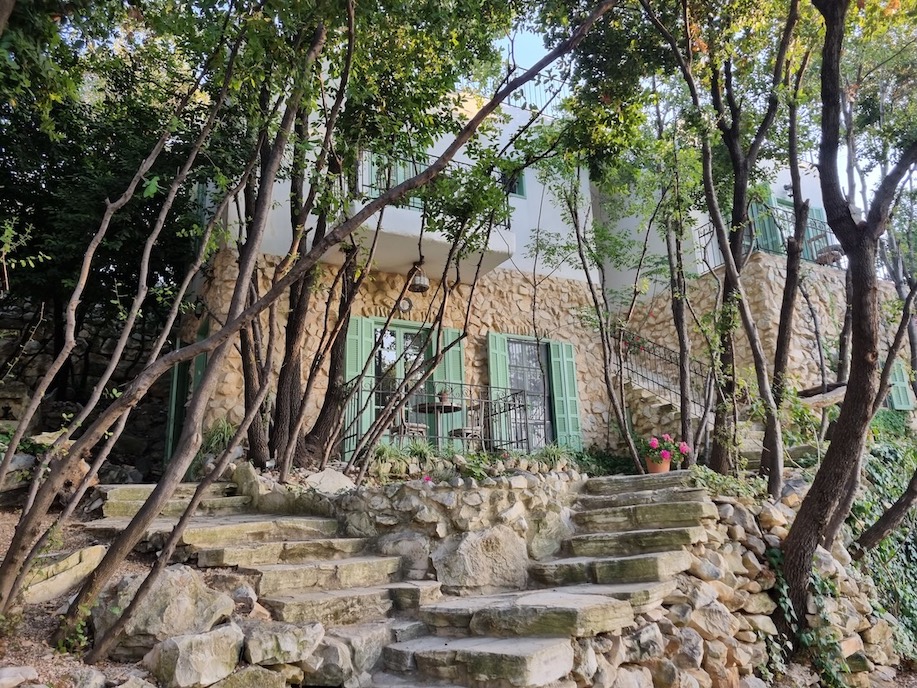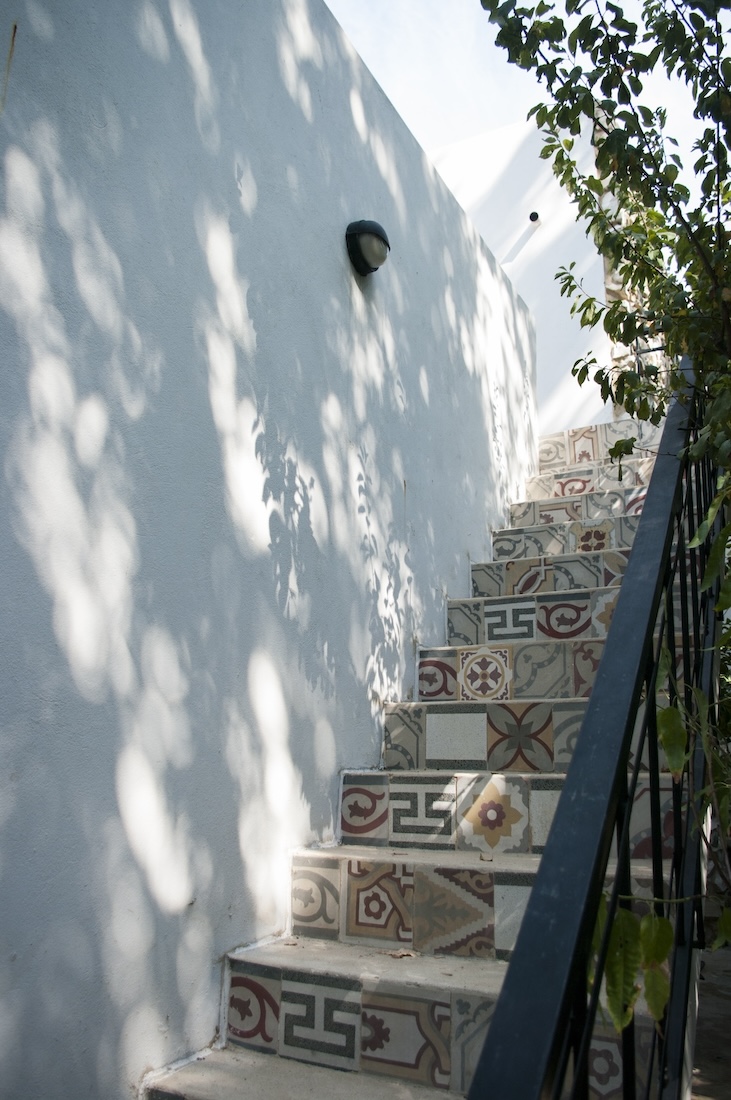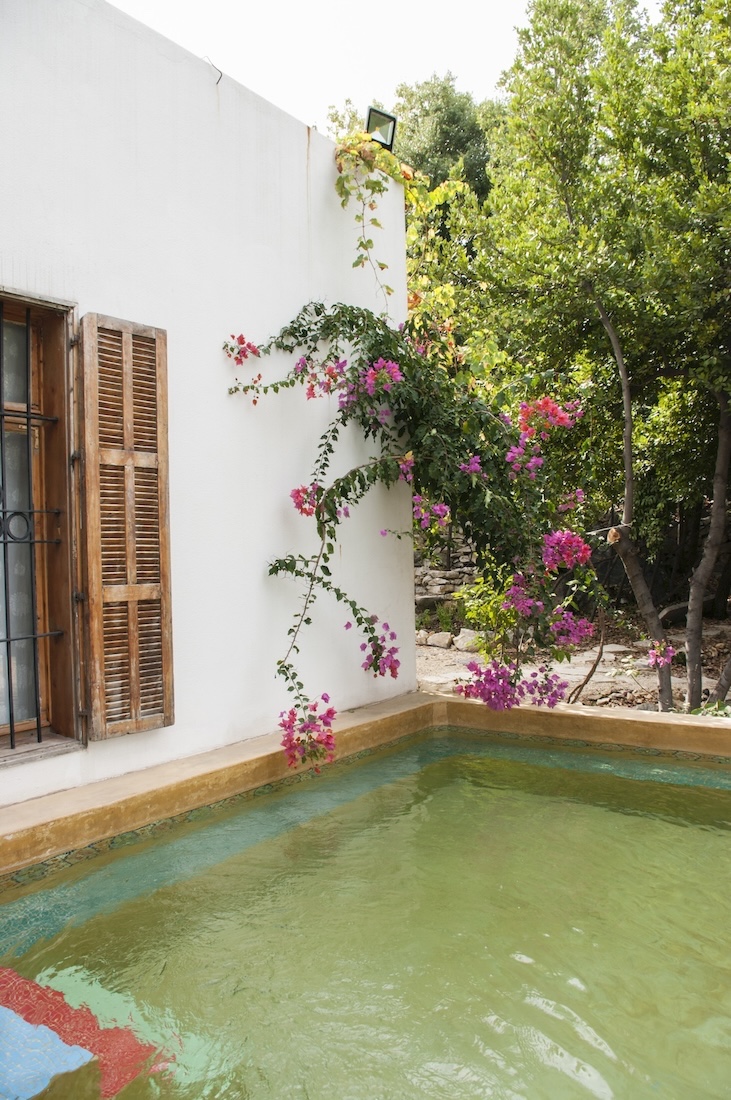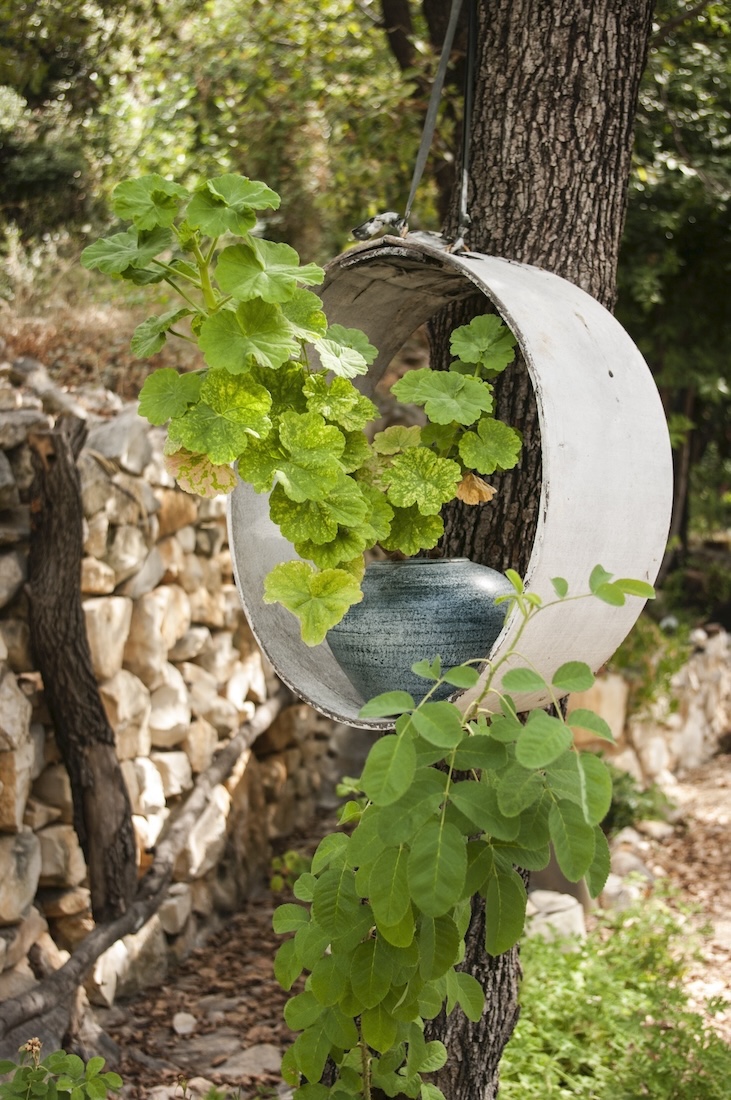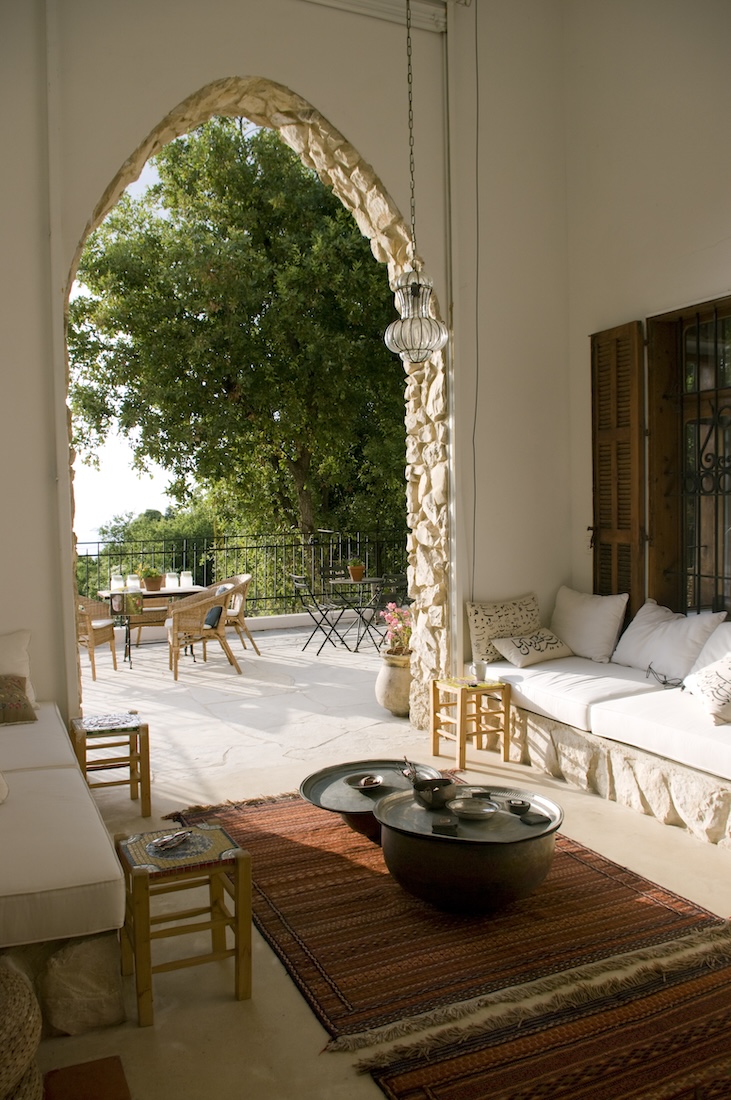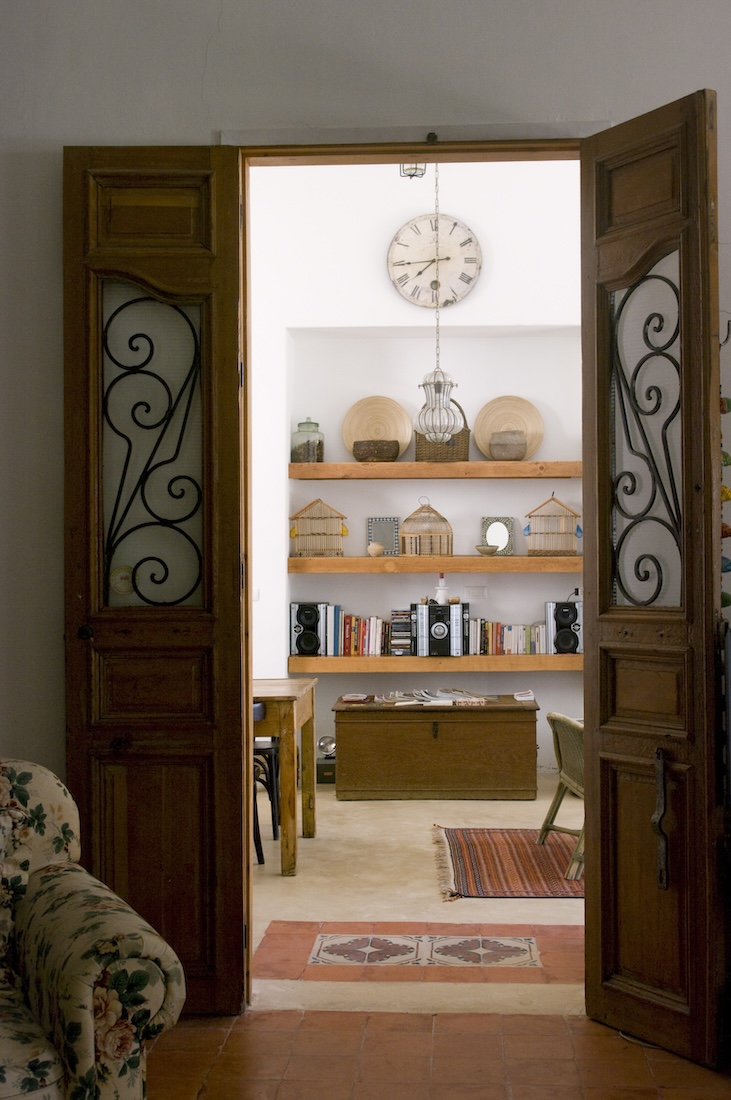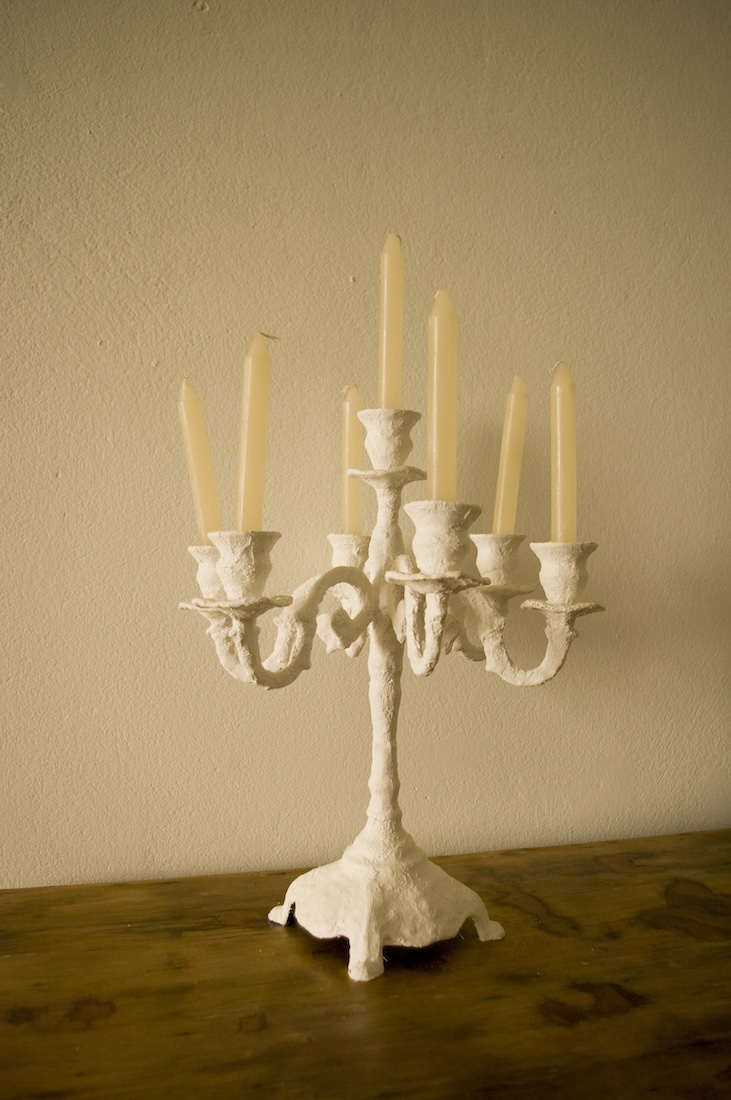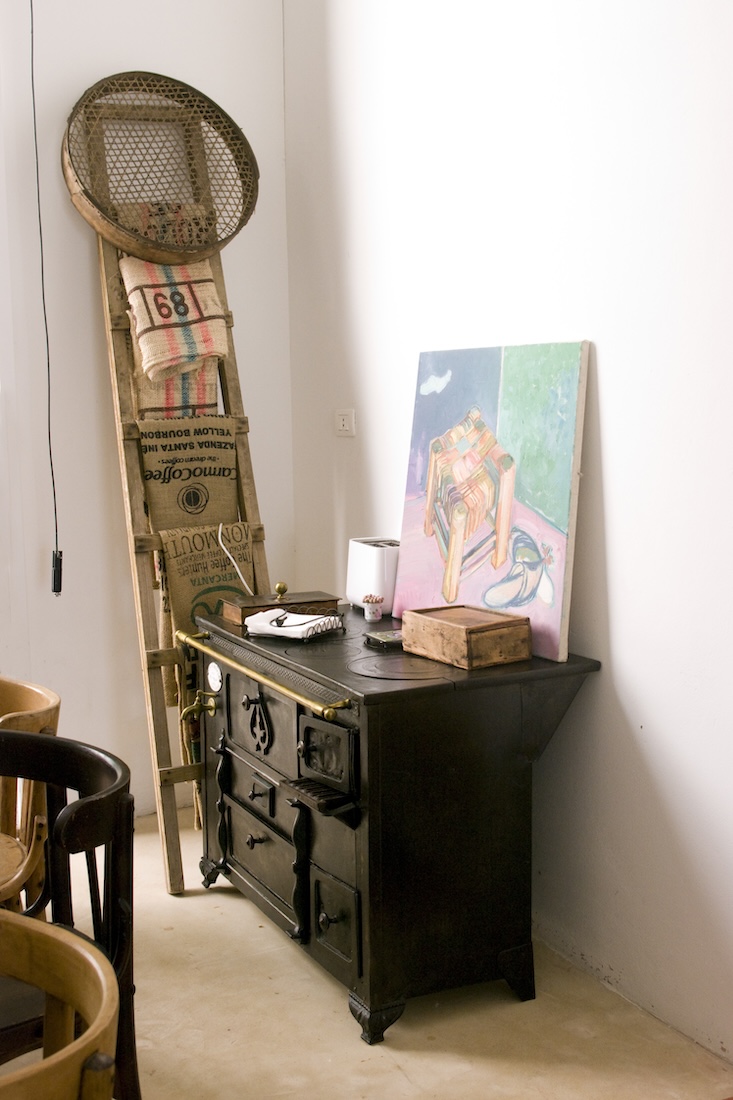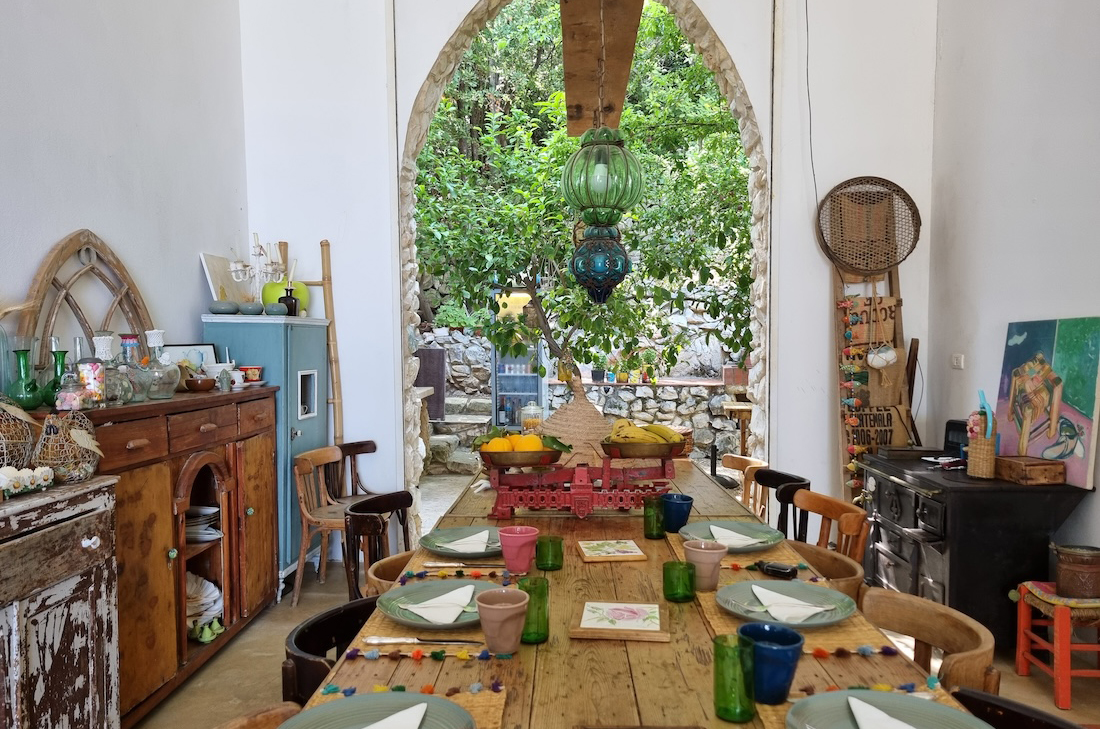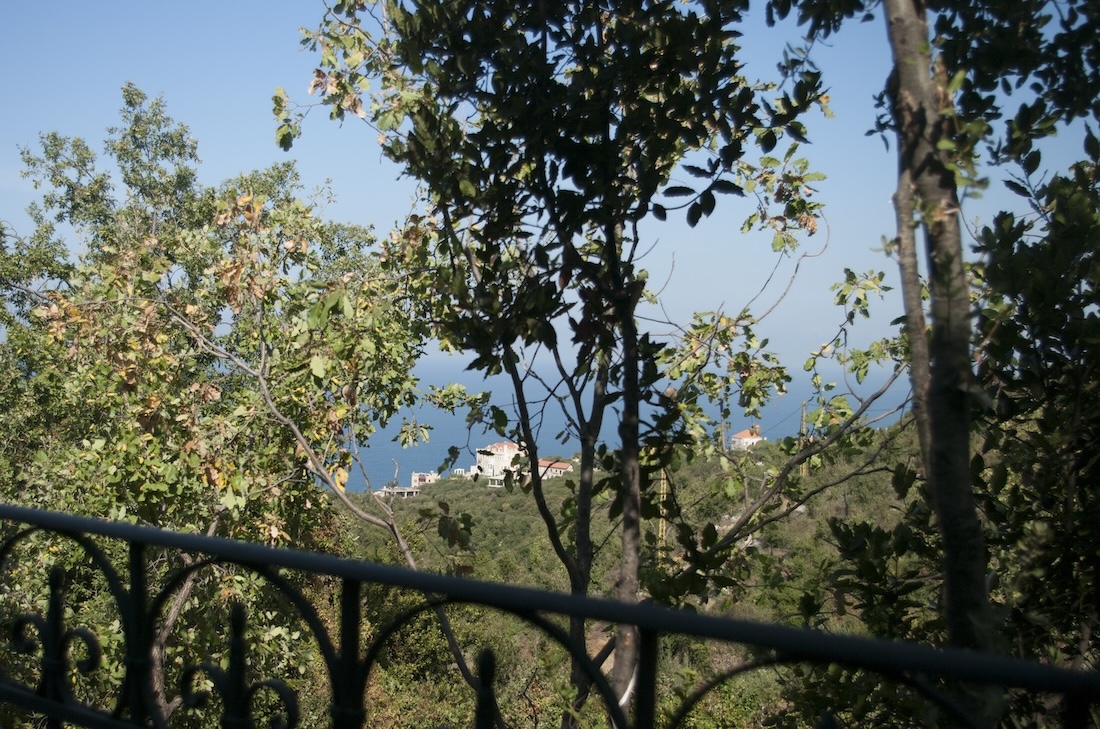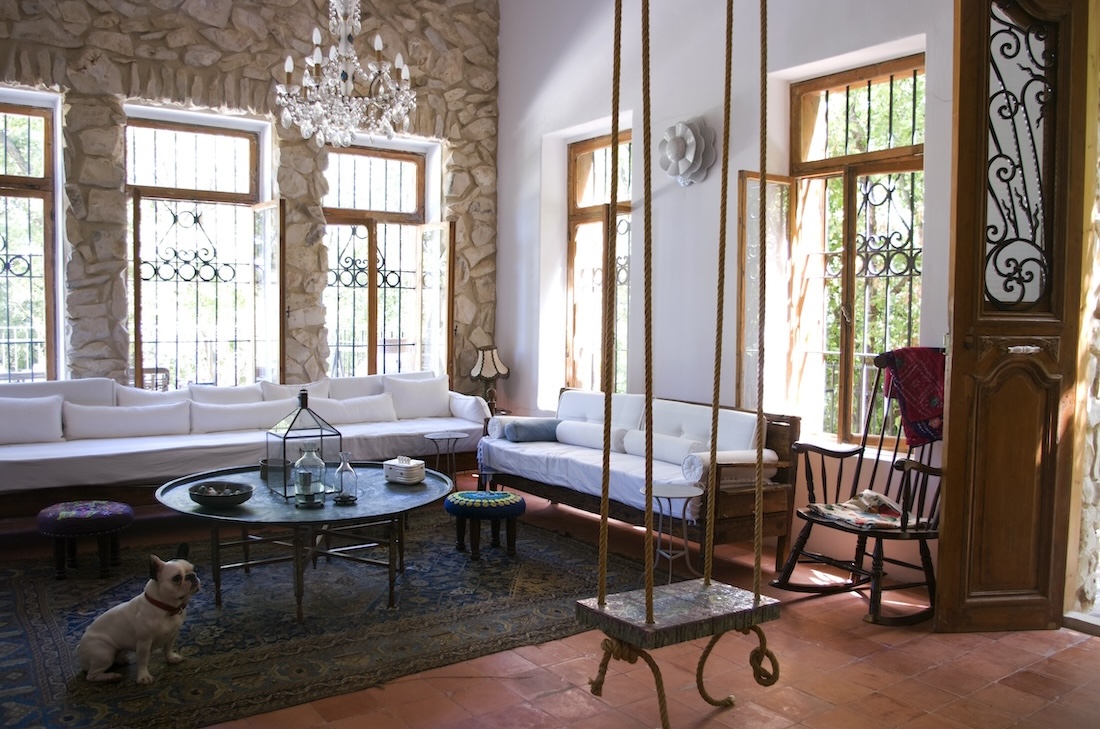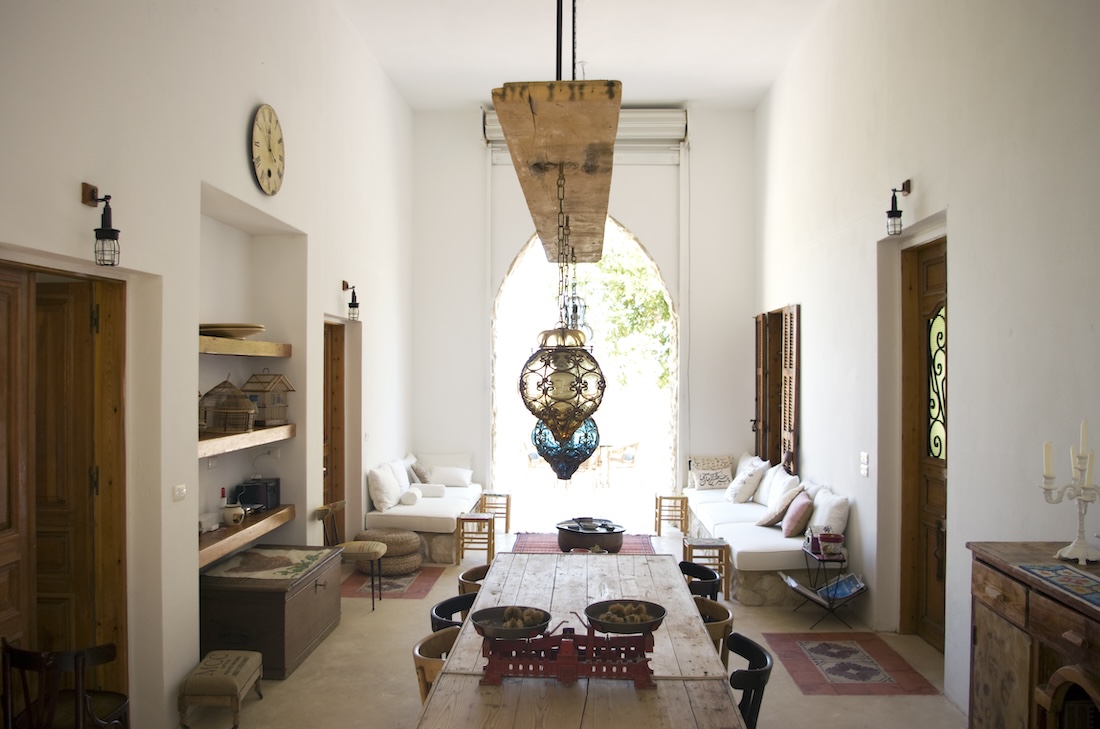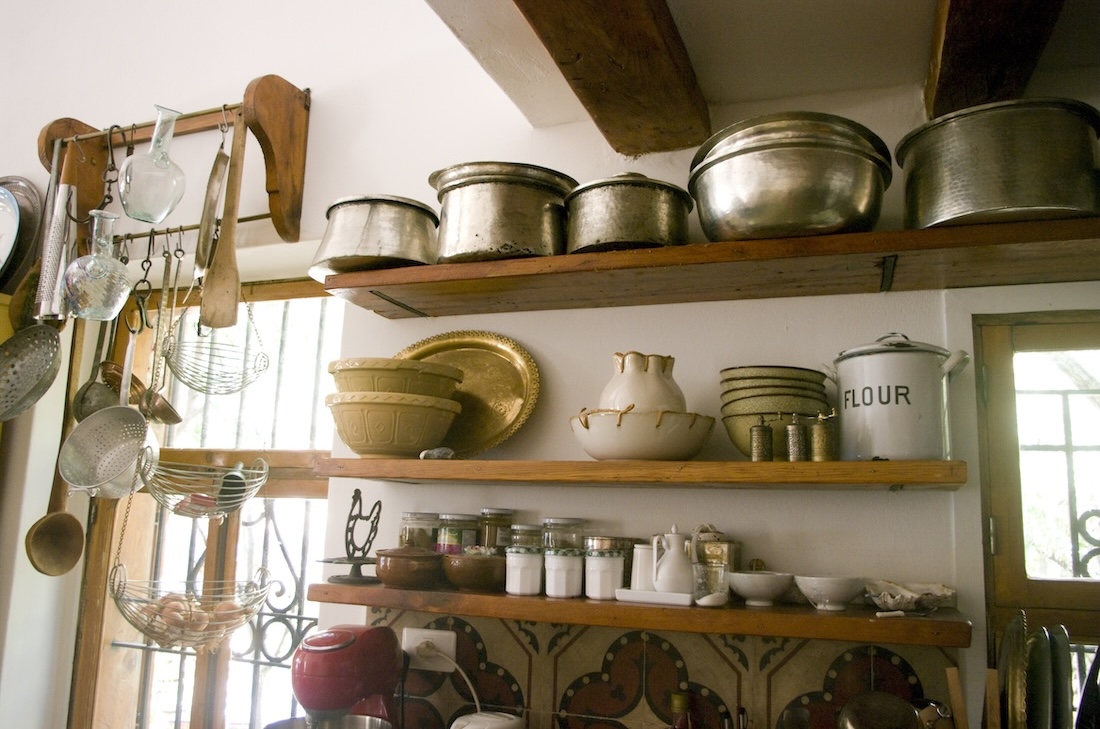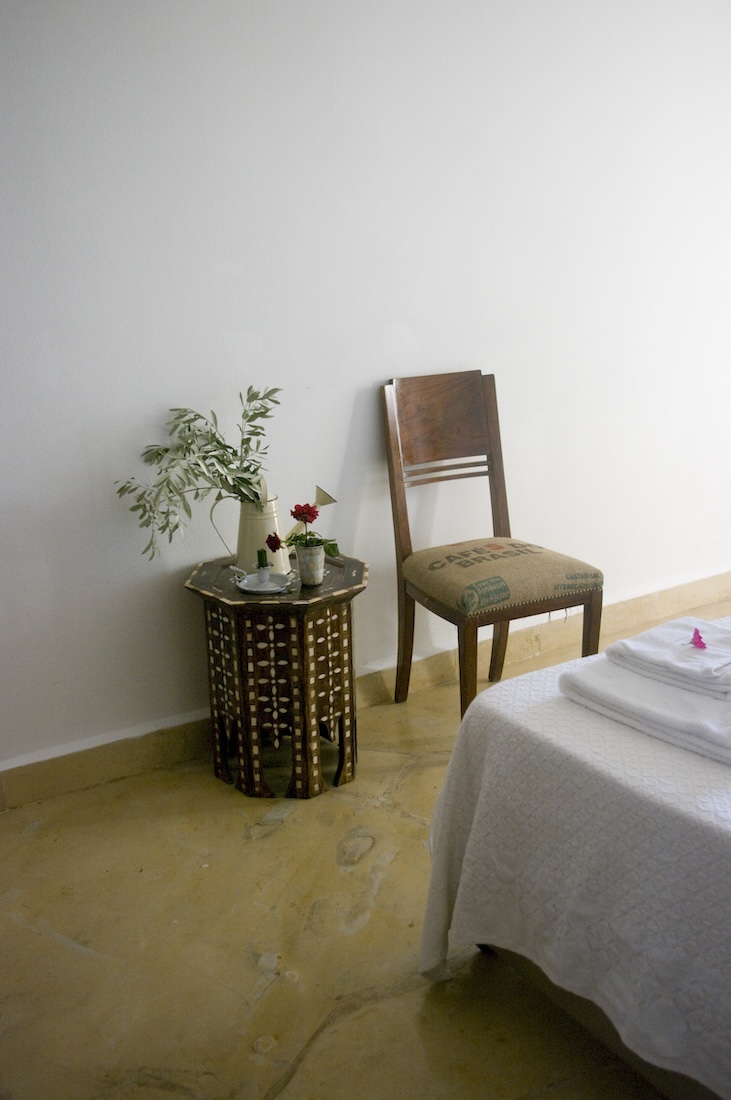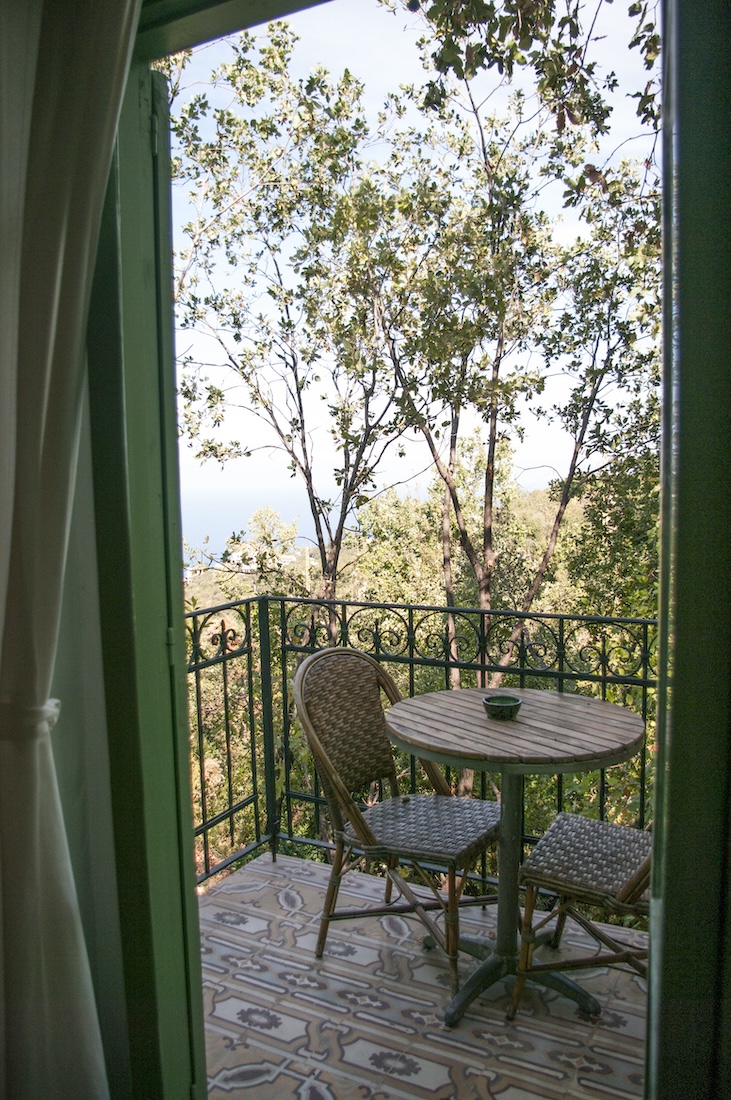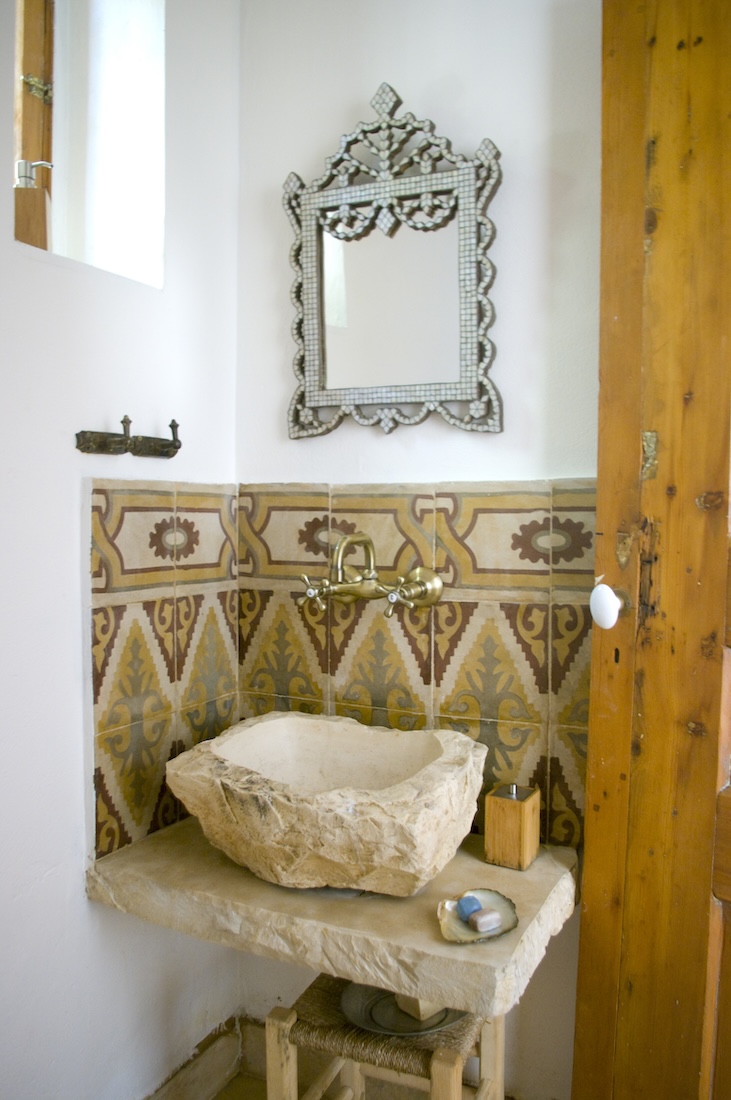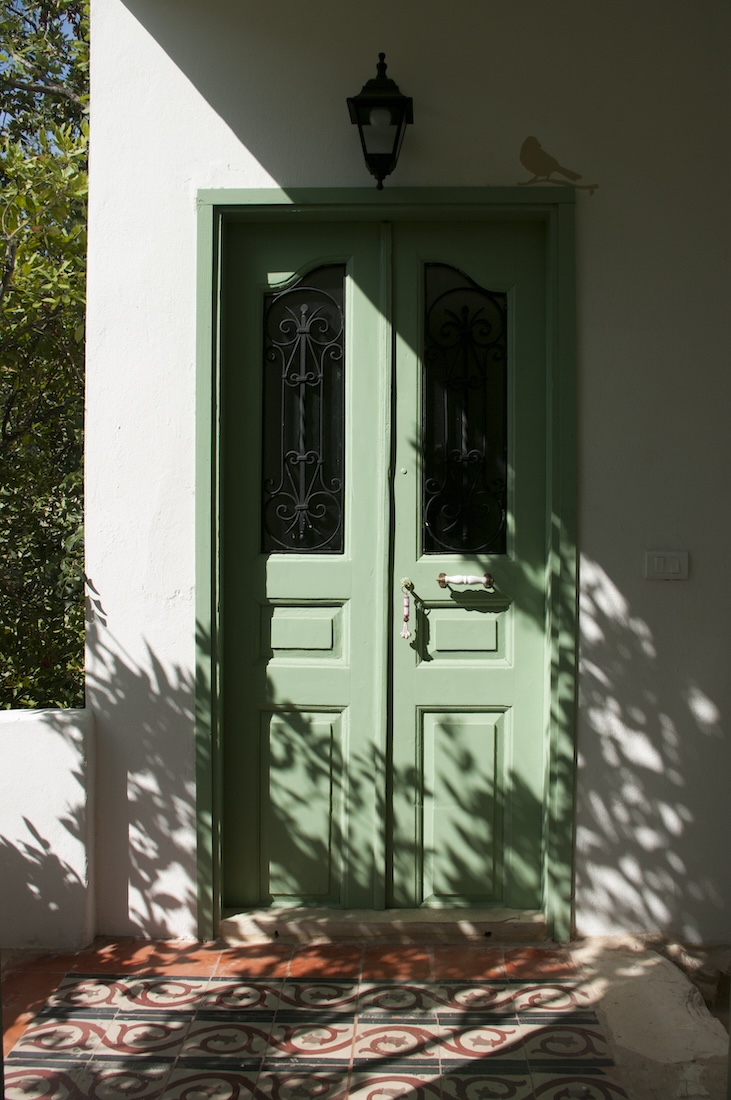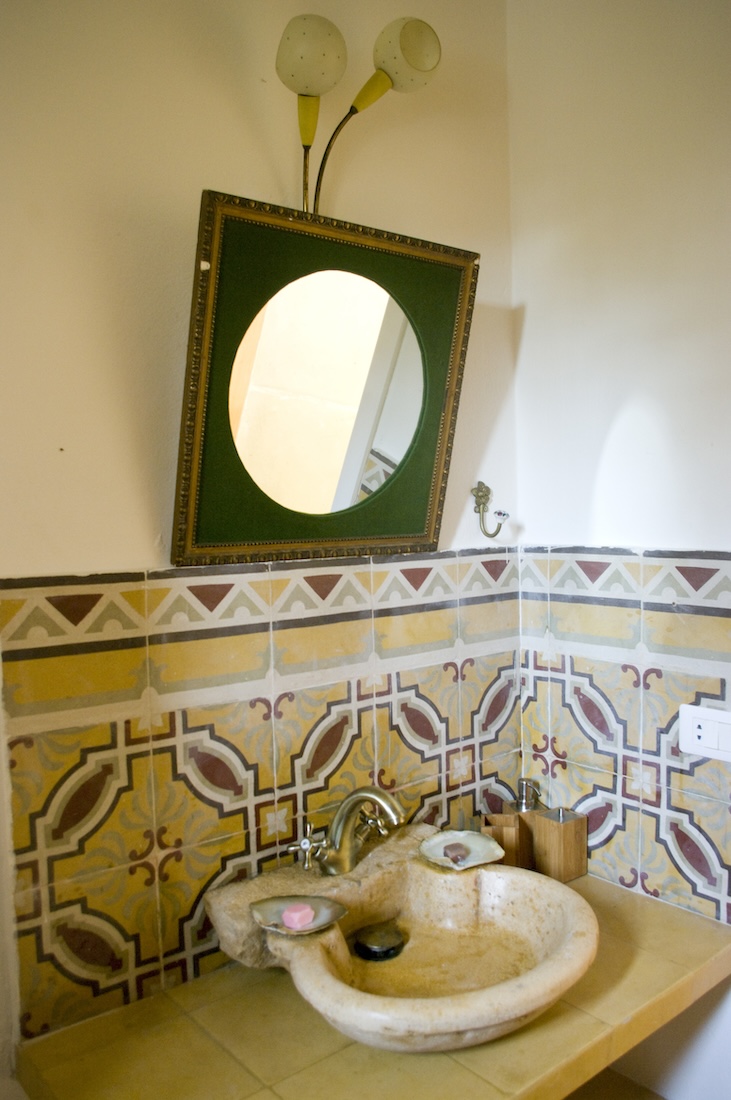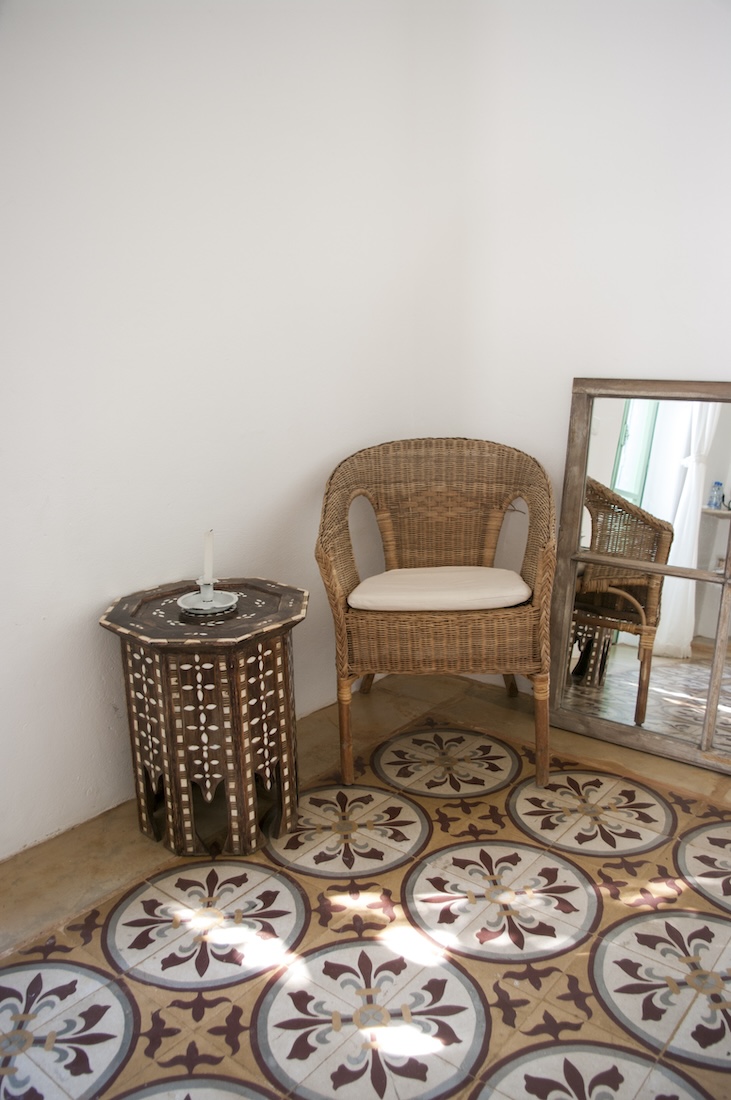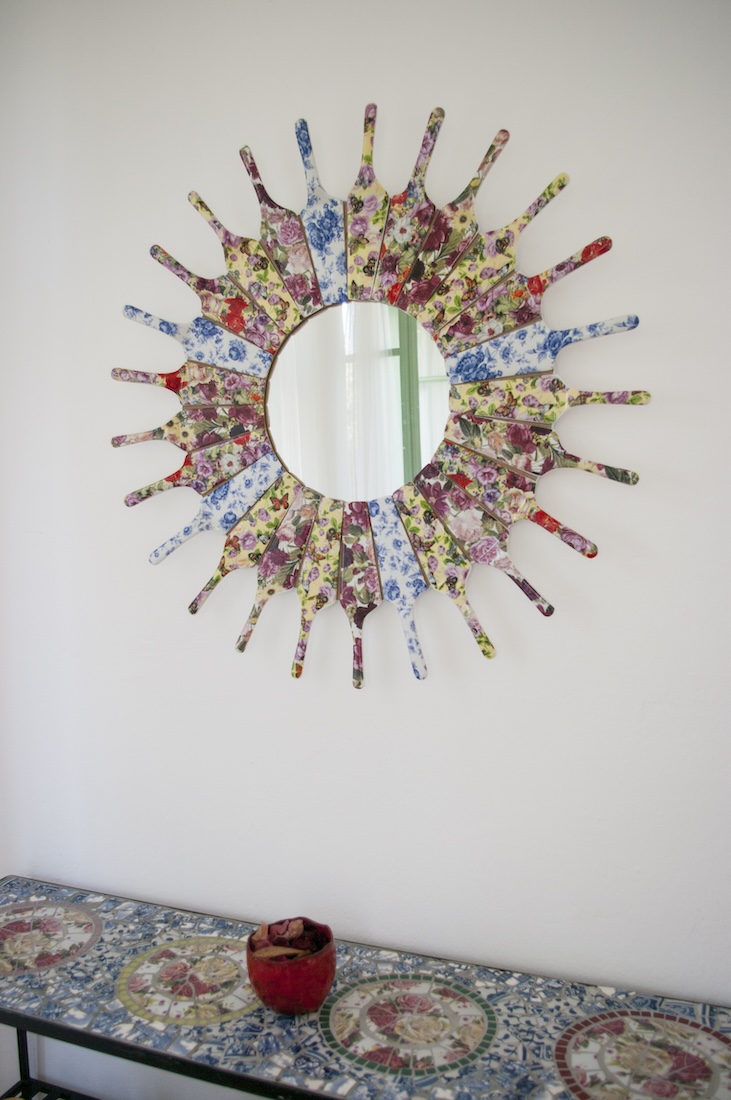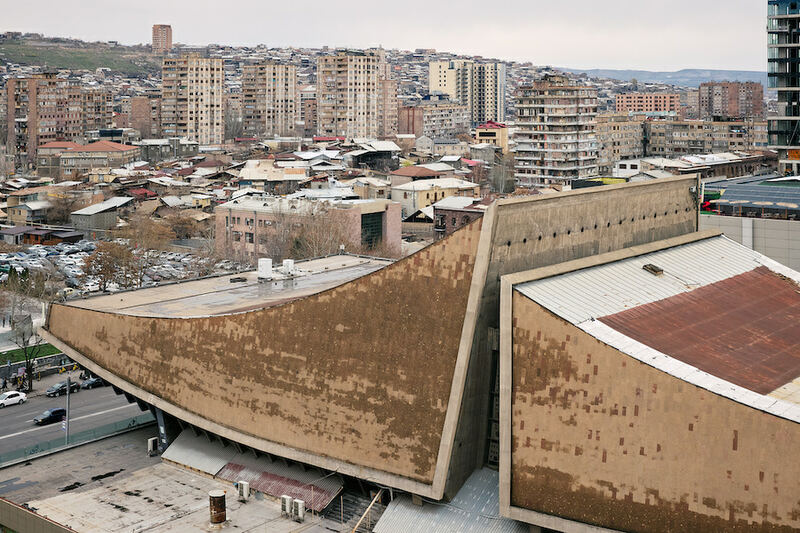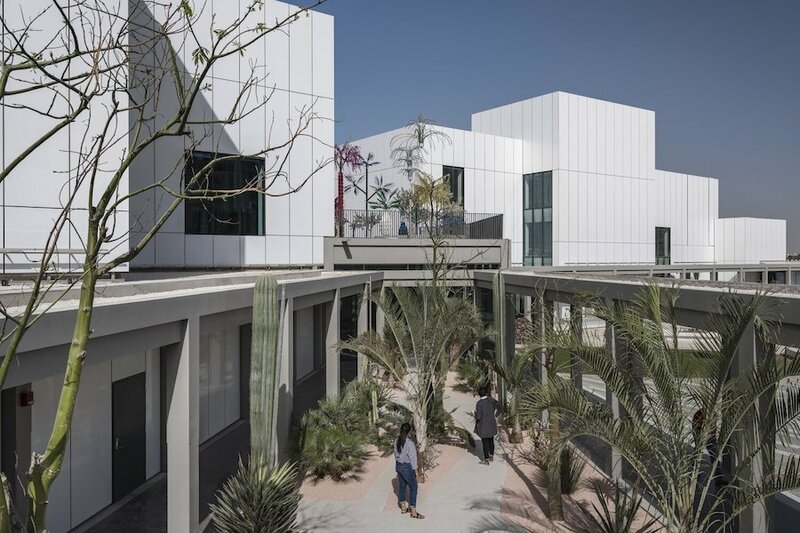Beit al Batroun, a popular guesthouse located on the seacoast between Beirut and Tripoli, began as a dream of a Lebanese family living abroad in London. EastEast spoke with Rasha Kahil about her mother Colette’s inspirations for the space, her unique take on interior design, and Beit al Batroun’s embrace of local handicraft and architectural practices. In doing so, she also considers diasporic relationships to a sense of home and the Lebanese people’s legacy of hospitality and experience of everyday life, despite the country’s ongoing crises.
The Lebanese are a naturally very hospitable people; the country is known for its services, its food and café culture, its characters, and its enduring joie-de-vivre despite the crisis after crisis on a political level. In retrospect, guesthouses are perfectly suited to the Lebanese way of life, but when my mum Colette finally opened her doors in 2013, there were only a handful around the country.
We moved back to Lebanon in 1992 after the civil war ended and in 2002 she bought a plot of land in the sleepy village of Thoum, on the Northern coast of Lebanon, not far from historical Batroun which was once a major port city. By that point, she had already amassed everything she needed to furnish the house, thanks to markets and antique fair hunts around her travels—copper pots and side tables from Oman, enamel kitchen sets and oak buffets from the UK, fabrics from India, and a huge number of reclaimed furniture, tiles, doors, beams and windows from estate sales and vintage stores across Lebanon. Colette is also an accomplished craftswoman herself, working with mosaic and pique-assiette, which now punctuate Beit al Batroun.
Guesthouses are perfectly suited to the Lebanese way of life, but when my mum Colette finally opened her doors in 2013, there were only a handful around the country
I don’t think she ever had a distinct concept in mind, or was ever wedded to a design trend for how she envisioned the house, she just followed her intuition and personal taste, cultivated from years of travels and a keen eye for design. She had been building and designing it in her head for over 20 years and although she had everything she needed to furnish and move in, she only began building the house itself in 2010.
I cannot say I was personally involved in shaping these decisions. I was alongside her as the dream started to materialize, but was already living back in London at that point, busy being a 30-something. She had passed on her love of interiors to me, and I often brought back vintage finds, ceramic pieces I made, as well as reams of fabric from sample sales that she still to this day uses to re-upholster furniture for the guest house. My involvement in the business side also came later on, as we approached the launch and banded together to work out how to actually run a guesthouse! Pricing, branding, word-of-mouth marketing, reservations, social media, and all that real-world stuff that comes with the dream. For a while, I was making international phone calls from my workplace in London to alert my technophobe mum of a new reservation inquiry in her inbox. It was all rather convoluted until we got the hang of it.
is a distinctive feature of Beit al Batroun. Could you elaborate on how it contributes to the overall atmosphere of the guesthouse? Additionally, are there other traditional architectural elements that define the character of the house?
Colette worked closely from the start, and still does, with a local master mason and stoneworker, Maalem Alfred, who still uses traditional techniques to this day, rendering the stone facade and hand carving arches, basins, sinks, even a toilet paper holder for one of the rooms. He is a regular sight at Beit al Batroun, popping in for a coffee at least once a week for the last 10 years.
There is so much to discover in the region around Beit al Batroun, which is a gateway of sorts to the North of the country. From the “Route des Vins,” which winds up the mountain through a number of villages dripping with local architectural flavor, to the buzzing historic port towns of Byblos and Batroun, to Tripoli, Lebanon’s second largest city farther North along the coast. I think the best part is actually returning to Beit al Batroun at the end of a busy day sightseeing, hiking, or sunbathing, and taking a seat on the terrace as the sun prepares to set into the sea, the sky exploding in shades of purples, pinks, and blues. A homecoming that I hope allows guests, both international tourists or local visitors, to experience Lebanon as a place that has long been misrepresented and hardly understood. An unpolished gem that continues to thrive through word-of-mouth as people flock back to their routine and share their experience.
Beit al Batroun is essentially a home rooted in its Lebanese identity, never a hotel
There were very few bed and breakfasts in Lebanon at the time, a few scattered in the far corners of the country. But soon, a societal shift happened and they literally exploded, catering not only to tourists who wanted to explore the country through local eyes, but also a rising number of homegrown “tourists,” with Lebanese themselves rediscovering their own country, and planning local weekends away without the recourse to international travel. Because despite its bad reputation, and its diminutive size, Lebanon has so much to offer in terms of its luscious landscape and its rich history. It continuously teeters on the edge of collapse but by God it manages to stay beautiful. Luckily, the guest houses that have opened up have, on the most part, stayed true to heritage. They are often borne out of old ruins and beautifully restored to former glory; they merge with the surrounding landscape, using traditional building materials respectful of the local architecture—Beit Trad in Kfour, Villa Chamoun in the Qadisha Valley, or Bouyouti in the Chouf are some examples.
I have a complicated relationship with Lebanon, something I feel is reflected in the feelings of a lot of Lebanese there as well as in the diaspora. There is love and hate, a great sense of nostalgia, of a Lebanon that could’ve been, that could still be. But the country is mired in corruption, in a free-falling economy, and most recently, slowly pulled into a wider regional conflict because of the brutal assault on Gaza by our neighbor in the South.
Lebanon has a complicated history, and cyclical episodes of high glitz and glamor followed by crushing lows. From the oft-used moniker of “the Switzerland of the Middle-East” of the 50s and 60s, to the civil war that spanned from 1975 to the early 90s, a high-gloss post-war renaissance interrupted by political assassinations and the brutal July 2006 war with Israel, more reconstruction, shiny high-rises, a booming nightlife that came crashing down in 2019 with the start of the devastating economic crisis, caused by corruption at the highest levels of our government and banking sector. And the horrifying explosion on August 4th, 2020, which further traumatized a population on the brink of collapse.
There is love and hate, a great sense of nostalgia, of a Lebanon that could’ve been, that could still be
But somehow, despite the mass exodus that every episode engendered, Lebanon continues to rise from its ashes, albeit limping. Expats return in droves every summer and Christmas, booking every seat on flights that converge from the four corners of the globe. I am not going to pretend that there aren’t horrifying levels of poverty that were exacerbated by the economic crisis, and still no government, literally. But there is life and there are Turkish coffees and arak to be poured, family and friends to meet again, a sea to jump in, mezze to be shared, traffic jams to get stuck in, art to be immersed in, ruins to revisit, and worries to be shared.
All images provided by Rasha Kahil . All rights reserved.

